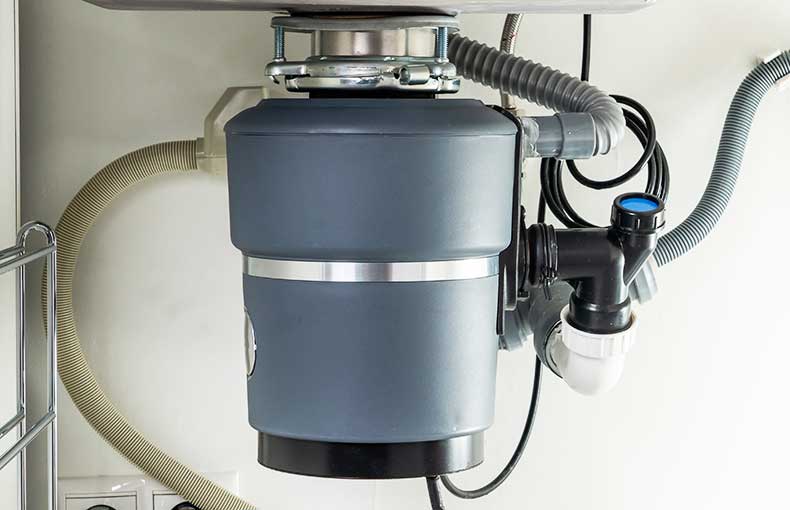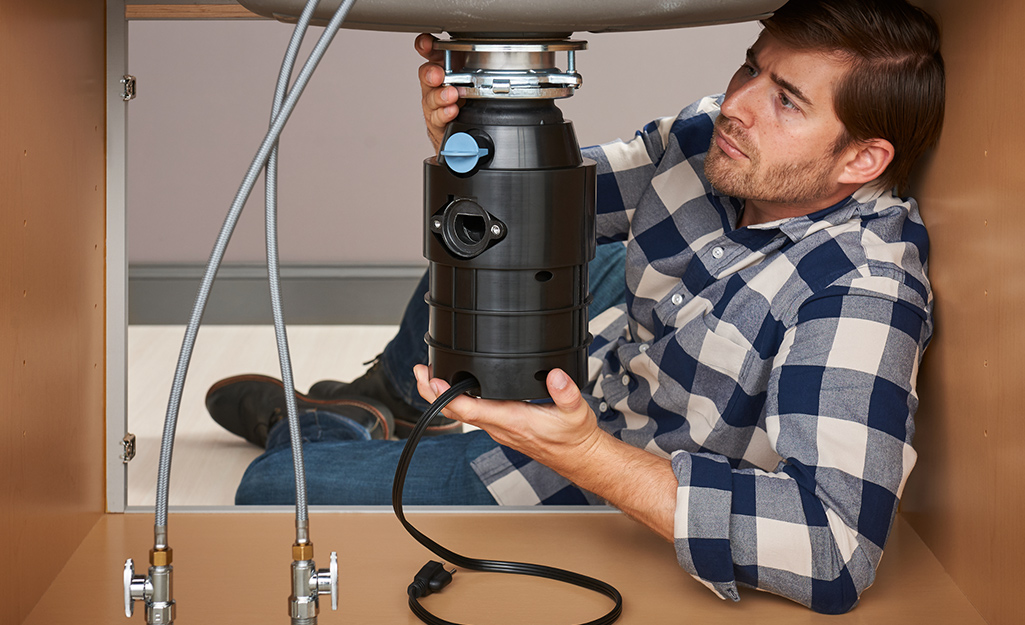Leading Tips for Fixing a Leaking Waste Disposal Unit
Leading Tips for Fixing a Leaking Waste Disposal Unit
Blog Article
Just how do you feel on the subject of Why Is My Garbage Disposal Leaking From the Bottom??

Waste disposal unit are important kitchen devices that assist in throwing away food waste effectively. However, a leaking garbage disposal can be a frustrating and messy trouble to deal with. Fortunately, several leakages can be repaired easily with a couple of simple actions. In this post, we will certainly review just how to deal with a leaking garbage disposal efficiently.
Introduction
Garbage disposals are mounted under cooking area sinks and are created to shred food waste into smaller sized items, enabling it to go through the plumbing system conveniently. While these gadgets are generally dependable, leakages can happen over time because of wear and tear, loosened links, or damage to the system.
Common Root Causes Of Leaks in Rubbish Disposals
Worn Seals and Gaskets
Seals and gaskets play an essential duty in preventing water from dripping out of the waste disposal unit. In time, these parts can weaken, causing leakages around the disposal unit.
Loose Connections
The connections in between the waste disposal unit and the pipes system can end up being loosened gradually, causing water to leakage out during procedure.
Fractures or Openings in the Disposal System
Physical damages to the garbage disposal, such as cracks or holes in the housing, can additionally result in leaks.
Identifying the Resource of the Leak
Before attempting to fix a leaking waste disposal unit, it is essential to recognize the resource of the leakage. This can typically be done with visual assessment or by carrying out basic examinations.
Visual Evaluation
Inspect the waste disposal unit system meticulously for any type of signs of water leakage. Pay very close attention to areas around seals, gaskets, and link points.
Checking for Leaks
One method to examine for leaks is by running water with the disposal device and checking for any type of visible indications of leak.
Devices and Materials Needed for Taking Care Of a Dripping Garbage Disposal
Before starting the repair work procedure, collect the required tools and products, including a screwdriver, adjustable wrench, plumbing's putty, substitute seals or gaskets, and epoxy or patching product for fixing fractures or openings.
Step-by-Step Guide to Fixing a Leaking Waste Disposal Unit
Turn Off the Power
Before trying any fixings, make sure that the power to the waste disposal unit unit is turned off to stop the danger of electric shock.
Find the Leakage
Recognize the specific area of the leak and identify the reason.
Tighten up Connections
Make use of a wrench to tighten up any type of loosened connections between the disposal unit and the pipes system.
Change Seals or Gaskets
If the leak is due to used seals or gaskets, get rid of the old components and replace them with new ones.
Patching Fractures or Openings
For cracks or openings in the disposal device, usage epoxy or an appropriate patching material to secure the broken location.
Checking the Waste Disposal Unit After Fixing
When the repair is full, check the garbage disposal by running water via it to make sure that the leak has actually been settled.
Preventive Upkeep Tips to Stay Clear Of Future Leaks
To stop future leakages, it is necessary to do normal maintenance on your garbage disposal. This includes maintaining it clean, preventing placing non-food products or hard objects down the disposal, and regularly checking for leaks or other issues.
Conclusion
Finally, taking care of a dripping waste disposal unit is a reasonably straightforward process that can be finished with fundamental devices and products. By complying with the steps described in this article and practicing preventative upkeep, you can maintain your waste disposal unit in good working problem and stay clear of pricey repair work in the future.
HERE’S HOW TO FIX YOUR GARBAGE DISPOSAL
WHAT TO DO IF SOMETHING IS STUCK IN YOUR GARBAGE DISPOSAL
If the impeller won’t turn, there’s probably something stuck in the disposal. It could be a steak bone or peach pit, although plumbers report pulling all sorts of inappropriate objects out of disposals, such as bottle caps or aluminum foil. Make sure power to the disposal is off, and look inside to see if you can see the source of the jam.
Never stick your fingers in a disposal. Pull out anything you see with tongs or pliers.
If the disposal still won’t work, it may be time to call a plumber or consider buying a new disposal. GEM Plumbing & Heating is here for all of your garbage disposal needs.
WHAT TO DO IF YOUR GARBAGE DISPOSAL DRAIN IS CLOGGED
Take everything out from underneath your sink and put a bucket or other container under your disposal to catch any water that drains out. Disconnect your disposal from the power supply. If it’s plugged into a wall outlet, unplug it. If it’s hardwired into an electrical box, go to the electrical panel and turn off the breaker for the disposal. Pour ¼ cup of baking soda into the drain, followed by ½ cup of white vinegar. Give the solution a few minutes to fizz and do its work. Look into the disposal with a flashlight to see if you can see an object that might be causing the clog. If you see it, remove it using tongs or pliers. MORE TIPS ON DEALING WITH A CLOGGED GARBAGE DISPOSAL
Never use drain cleaner in a garbage disposal. It can damage the plastic parts inside the disposal. You can also be splashed with the caustic liquid while working to clear the clog. Beware! Never stick your fingers into a garbage disposal. Trust us — not a good idea. In many instances, your dishwasher drains through your garbage disposal. This allows the disposal to grind any large food particles that may be drained out of your dishwasher. There are some jurisdictions, however, where the plumbing code prohibits such a connection. WHAT TO DO WHEN YOUR DISHWASHER DRAINS THROUGH THE DISPOSAL
Run some water in the sink so your plunger has at least a ½-inch of water to create a seal and plunge vigorously up and down several times. You may need to repeat this several times. Run hot water down the drain to clear any residue that remains.

I stumbled upon that review about Why Is when doing a search on the search engines. I beg you take a moment to distribute this blog posting if you enjoyed reading it. Many thanks for your time invested reading it.
Schedule Here Report this page